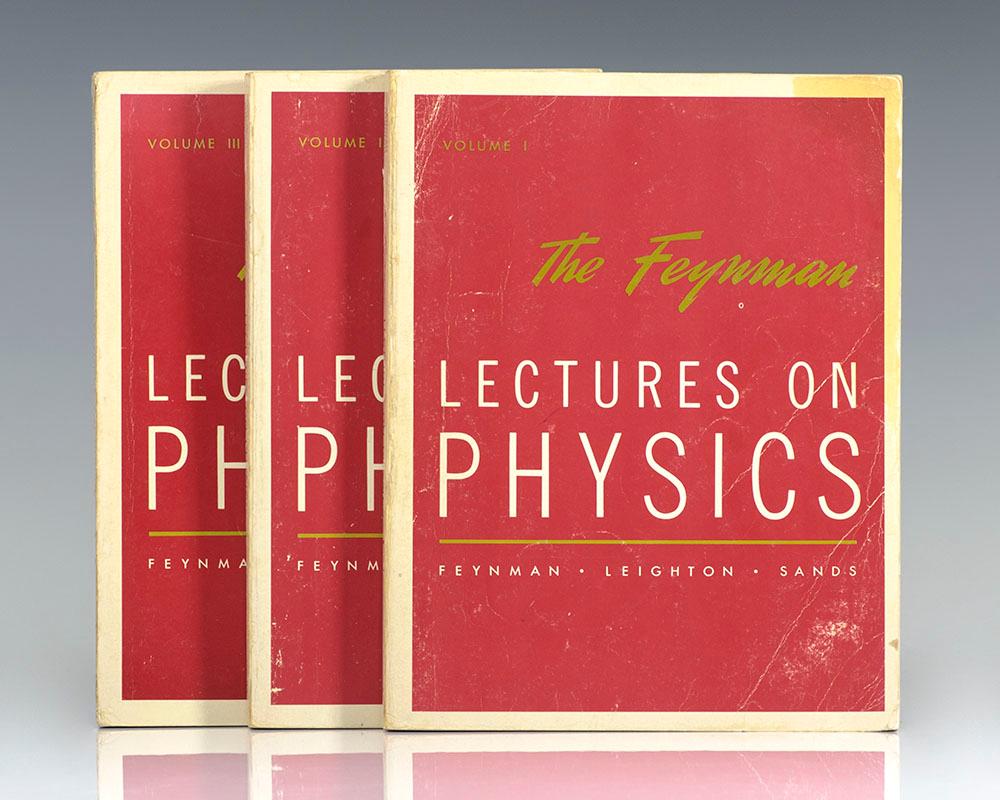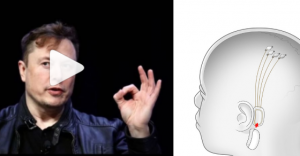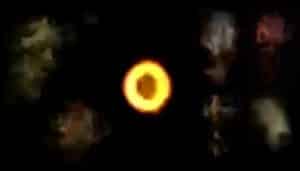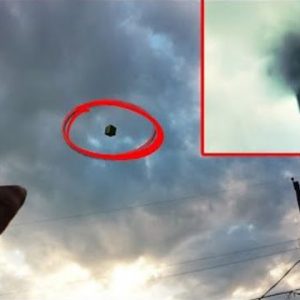In an era where the quest for renewable energy sources has never been more pressing, a fascinating experiment sheds light on the potential of atmospheric electricity as a viable source of power. Drawing inspiration from the foundational work of Nobel laureate physicist Richard Feynman, particularly his lecture “Electricity in the Atmosphere” from the renowned Feynman’s Lectures on Physics, this experiment ventures into the realm of utilizing the Earth’s natural electric field to generate power.
At the heart of this exploration is a simple, yet ingenious setup: a hexacopter lifts one end of a wire high into the air, while the other end is connected to a corona motor near the ground. As electricity flows through the wire and into the motor, it begins to turn, demonstrating the practical application of atmospheric electricity in generating power.
Feynman’s insights into the electric properties of the atmosphere lay the groundwork for understanding this phenomenon. The atmosphere around us is not just a vast expanse of air but a natural reservoir of electrical energy. For every meter you ascend into the sky, the voltage increases by approximately 100 volts. This gradient exists due to a difference in electric potential between the Earth’s surface, which is negatively charged, and the higher layers of the atmosphere, which are positively charged. This voltage difference is maintained up to about 50 kilometers above the Earth’s surface, in what is considered fair weather conditions.

One might wonder why we don’t feel this electric field in our daily lives. The explanation is quite simple: the human body, much like trees and buildings, is a good conductor of electricity. Standing on the ground, we become part of the Earth’s surface, creating an equipotential plane where the voltage difference across our body is effectively zero.
But what about the electric current? In the atmosphere, a constant, albeit weak, electrical current flows downward, composed of positive ions—molecules or clumps of matter with a positive charge. The current density of these ions is minuscule, around 10 picoamps per square meter, highlighting the challenge of harnessing this energy due to its low power density.
To capture this atmospheric electricity, the experiment connects one end of a wire to the ground and lifts the other end high into the air, achieving optimal results at an elevation of about 120 meters. At this height, the voltage difference between the top of the wire and the ground reaches 12,000 volts. By introducing sharp points at the top of the wire, an intense electric field is created, facilitating the transfer of electrons and enabling the flow of electricity through the wire.
How Strong is this Current?
However, the electric current generated in this manner is extremely weak, likely in the low microamps range. This current is insufficient to power conventional electromagnetic motors but can effectively drive an electrostatic motor, such as the corona motor used in the experiment. The corona motor operates on the principle of electrostatic attraction and repulsion, converting the atmospheric electricity captured by the wire into mechanical motion.
This experiment not only highlights the potential of atmospheric electricity as a renewable energy source but also pays homage to the pioneering work of Richard Feynman. By bridging the gap between theoretical physics and practical application, it offers a glimpse into the untapped potential of the natural world as a source of clean energy. As we continue to explore innovative ways to harness renewable resources, the exploration of atmospheric electricity stands as a testament to human ingenuity and the endless possibilities that lie in the natural phenomena that surround us.









